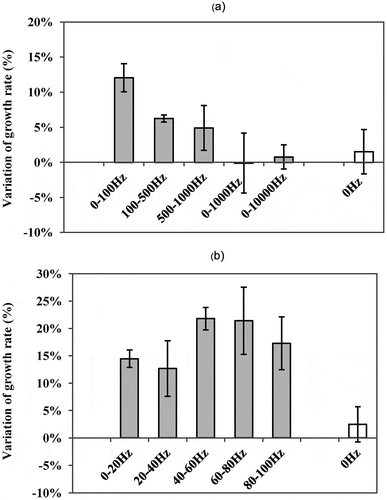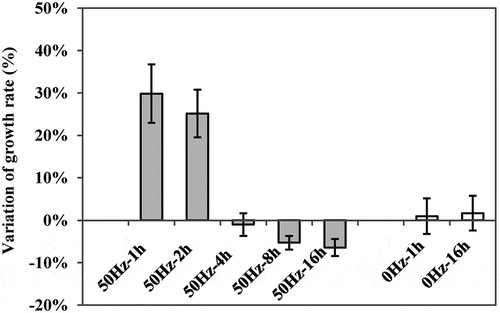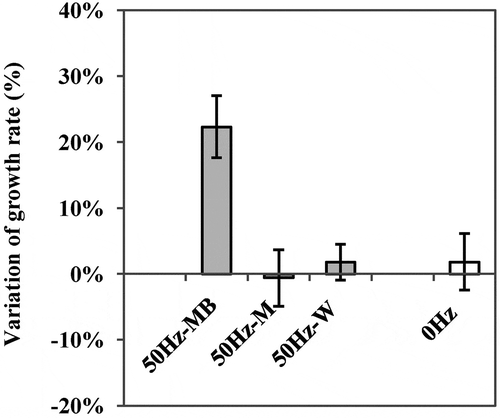Figures & data
Figure 1. Schematic illustration of the experimental design used for the measurement of growth characteristics of E. coli.
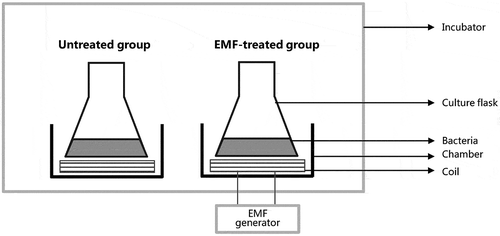
Table 1. List of Rife frequency used for evaluation of EMI effect on E Coli
Figure 2. The growth rate variation of E. coli after irradiation by EMF at different Rife frequencies programs: (a) programs from group A related to the inhibitory effect of E. coli and group B with anti-bacterial properties (b) Programs from group C with frequencies below 100 Hz, with no anti-bacterial properties stated in the database. Error bars representing standard deviation of triplicate samples.
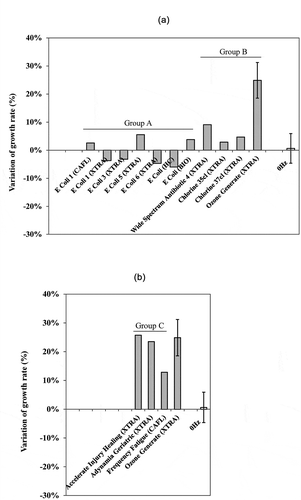
Figure 3. The growth rate variation of E. coli after irradiation by EMF at different frequency ranges: (a) the scanning wave in the range of 0–10,000 Hz, and (b) the scanning wave in the range of 0–100 Hz. Control: EMF-treated with 0 Hz radiation. Error bars representing standard deviation of triplicate samples.
